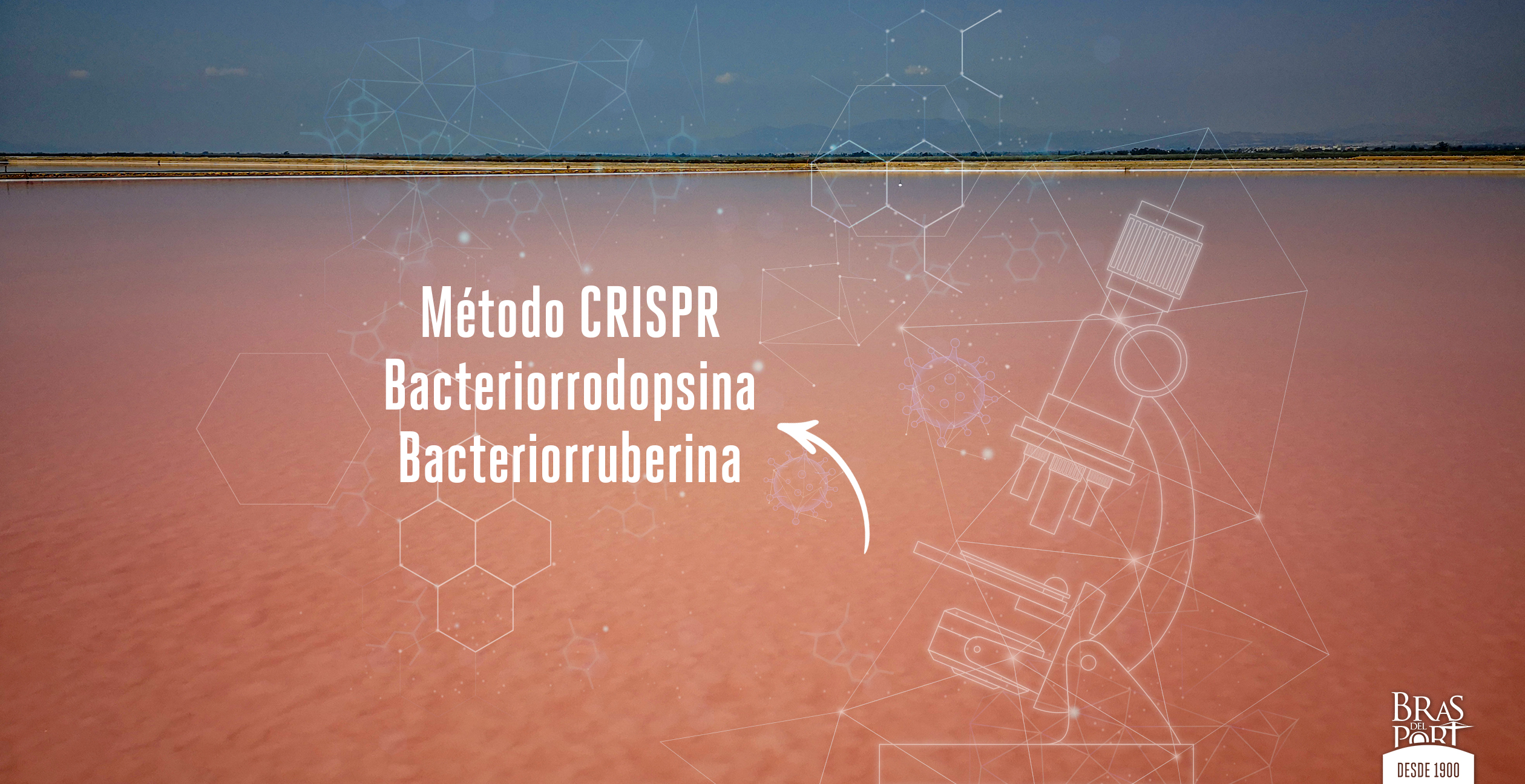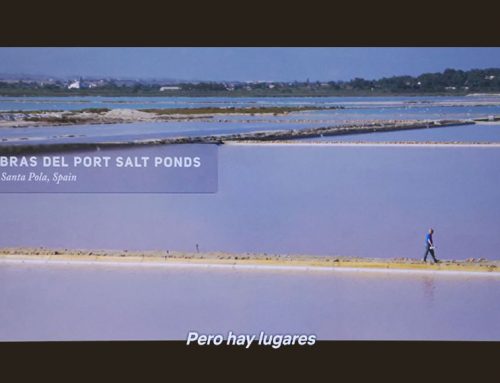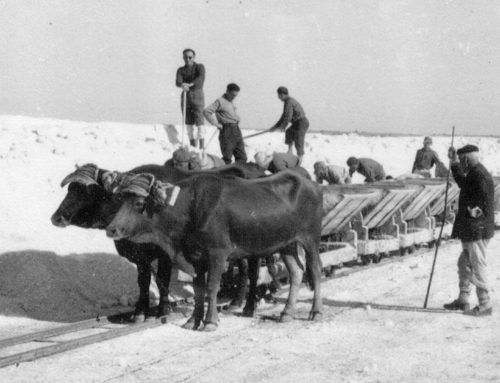Perhaps you have heard of the CRISPR method or have recently read about the discovery of an anti-tumor pigment. What do these two scientific breakthroughs have in common? Both have arisen from the waters of Bras del Port, a hundred-year-old sea saltworks nestled in the Salinas de Santa Pola Natural Park (Alicante).
The microscopic life of the sea saltworks
The coastal salt pans are salty wetlands rich in biodiversity that are the ideal home for hundreds of species. Bras del Port is an example of salt mining where the work of man coexists in harmony with nature in a unique symbiosis where both help each other.
Although flamingos are the best-known inhabitants of these natural settings, microscopic life is also present and holds secrets that science is trying to unravel. Examples of this are halophilic microorganisms (organisms that live in extremely saline environments) and, more specifically, haloarchaea, such as the species known scientifically by the name of Haloferax mediterranei, which has been the subject of numerous investigations.
The CRISPR method of gene editing
The microbiologist from Elche, Francis Mojica, from the University of Alicante (UA), discovered in 2005 some repetitive sequences in the DNA of Haloferax mediterranei and coined the acronym “CRISPR” to name them.
This very important discovery gave rise to the technique of gene editing, a kind of “molecular scissors” capable of precisely cutting and pasting genetic material from cells. Undoubtedly, it has been one of the most important discoveries in the field of Molecular Biology and Biomedicine in recent years.
The anticancer potential of bacterioruberin
From Bras del Port we have had the privilege of being able to meet with UA professor Rosa María Martínez-Espinosa, director of the Applied Biochemistry research group, together with Micaela Giani, whose thesis was the seed of promising research on the ability of a pigment to slow down tumor growth.
This research team was able to increase the production of a pigment synthesized by haloarchaea, bacterioruberin, and design a process for isolating the pigment from the cell membrane of the haloarchaea Haloferax maditerranei (the same one studied by Francis Mojica). This pigment works as a “shield” that protects the haloarchaea against adverse circumstances. For example, when they are subjected to strong solar radiation, they produce a large amount of bacterioruberin, which is one of the pigments that gives color to the waters of hypersaline lagoons such as those of Bras del Port.
It was found that this compound had an antioxidant activity almost 300 times greater than that of others such as resveratrol, which is why they considered applying it to breast tumor cells. To do this, this research group established a collaboration with Dr. Gloria Peiró, pathologist at the Dr Balmis General University Hospital (HGUDB) in Alicante and professor in the Department of Biotechnology at the UA, and Yoel Genaro Montoyo-Pujol, doctor in Experimental Sciences and Biosanitary and also a researcher at the UA, both belonging to the Breast Cancer and Immunology Research Group of the Alicante Health and Biomedical Research Institute (ISABIAL).

When they applied the pigment to commercial cell cultures representative of the different phenotypes of breast cancer, it was able to slow down tumor growth.
Their results were published in the prestigious journal Nature Scientific Reports and are the starting point to continue advancing their study, whether with tumors from biopsy material or surgical specimens from patients with breast cancer, as well as addressing new lines of research analyzing the effect in other types of tumors (e.g. leukemias and lymphomas).
Although these investigations are very encouraging, it must be taken into account that they will require years of study to be able to go through the different phases prior to the development as a drug for its therapeutic application in patients. First, the “in vivo” studies must be expanded, that is, by applying it to living organisms, to deepen the knowledge of bacterioruberin and, in later phases, to determine its potential indication within the context of clinical trials.
In addition to the potential of this haloarcha to advance in the battle against cancer, its possible application in the field of Nanotechnology is noteworthy. This microorganism could be used to create small-sized particles (nanoparticles), capable of being used as “vehicles” to precisely administer drugs. Some haloarchaea also have the ability to decontaminate both water masses and soils. Therefore, there is still a whole world to discover.
From Bras del Port, it is an honor to do our bit by providing samples of the waters of the lagoons, in order to give rise to studies as interesting as the ones we have mentioned in these lines. In the words of Professor Rosa María Martínez-Espinosa:
“The sea saltworks of Santa Pola are a world benchmark in microbiological research in hypersaline environments”.



